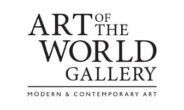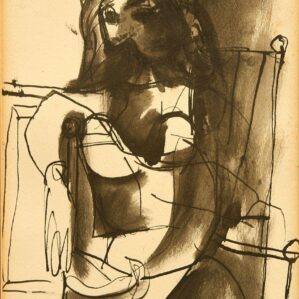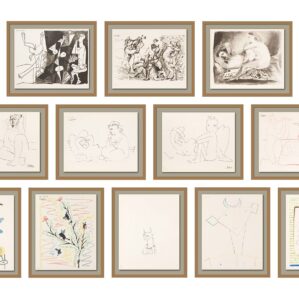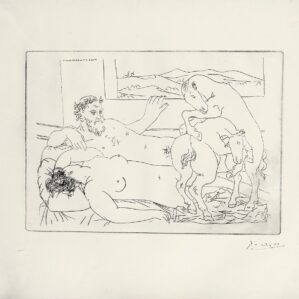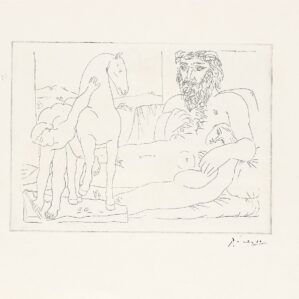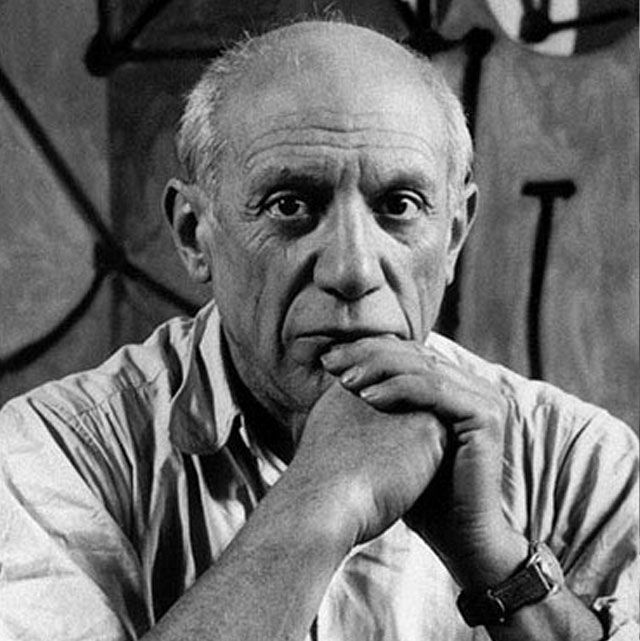
Pablo Picasso
“Art is not the application of a canon of beauty, but what the instinct and the brain can conceive beyond any canon.”
Pablo Picasso (1881-1973), a Spaniard from Malaga, studied at the Academy of Fine Arts of La Coruña in Barcelona. Strongly influenced by the evolution of art and society, Picasso’s style fluctuated throughout his career. From Cubism to Surrealism, he avidly participated in all facets of creativity and made them his own. (Read More)
Explore artwork
Picasso’s prolific collection of work includes paintings, drawings, prints, sculpture, ceramics and other experimental mixed media. Considered by many to be the greatest and most iconic artist of all time, he created of 2,400 etching, lithographs, and linocuts over the course of his career, and worked until his death on April 9, 1973. He committed his life to creating art that would leave a legacy, and it is inarguably true that his work has contributed significantly to the development of modern art.
When it comes to interpreting the works of Picasso, one must look at his process and philosophy. For this master, the logic of his creation was spontaneous at all times. From the quality of his works, the variety of his techniques, and the themes conditioned by external and personal events, one can see his work as one of the most important artist testimonies of the last century.
